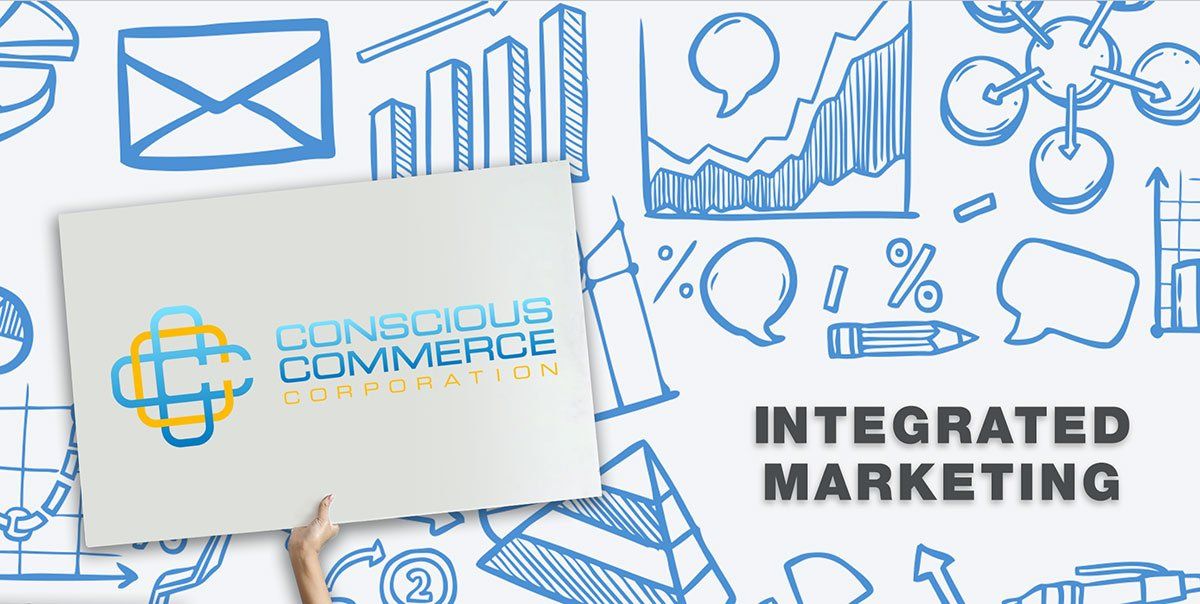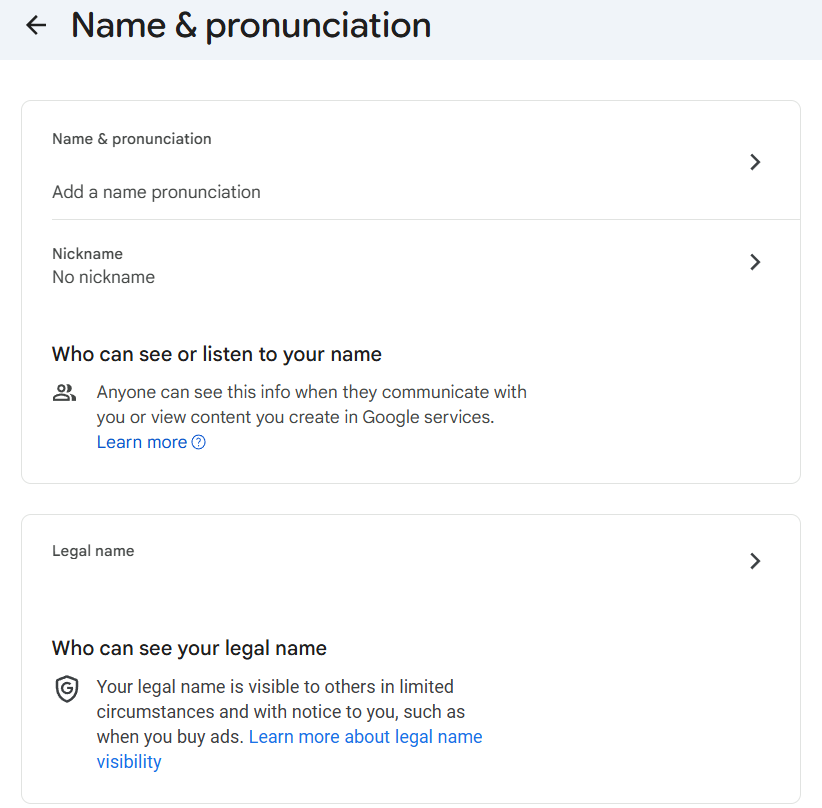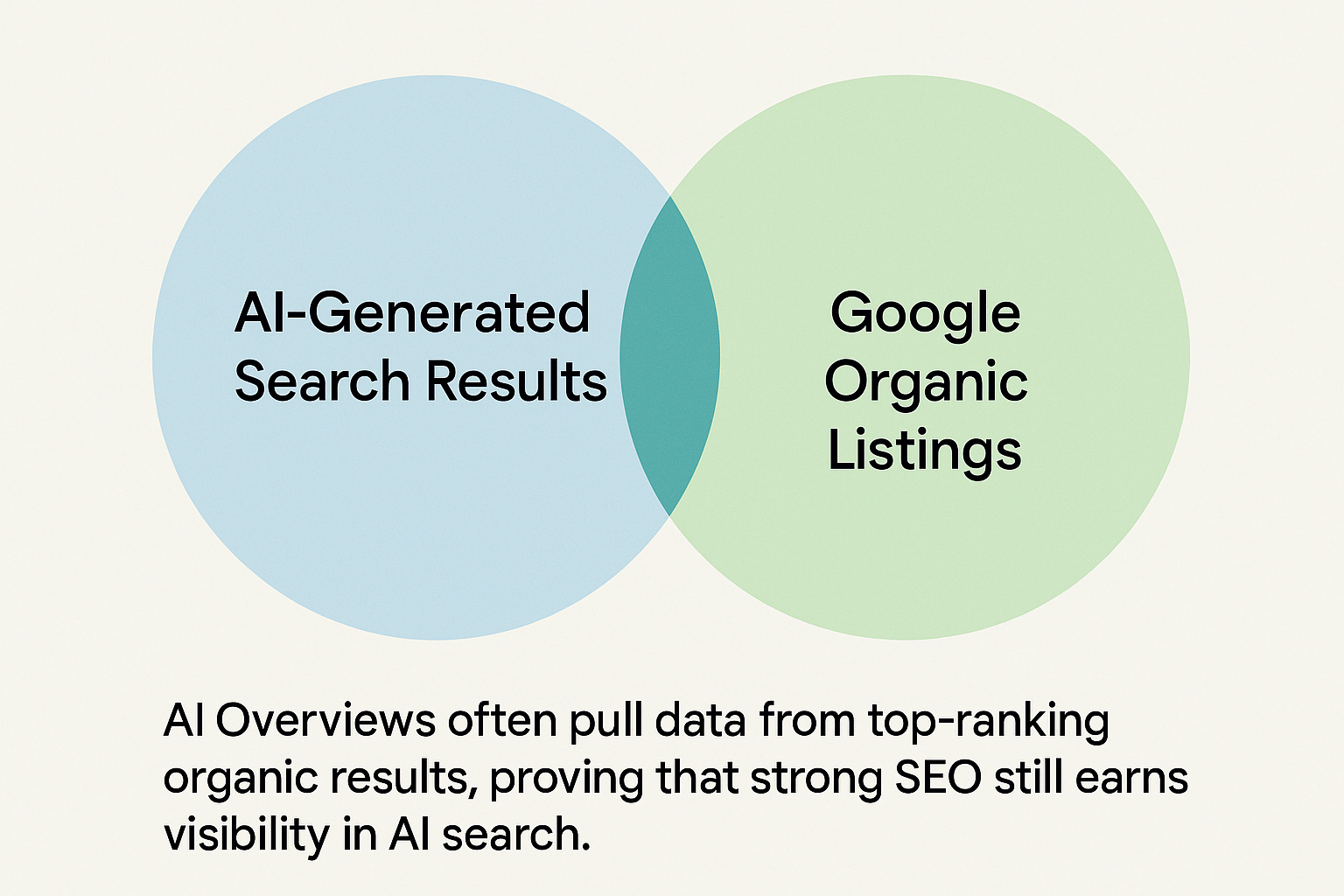What Is Integrated Marketing? The Basics, How to Get Started, and More
A competitive business today must offer a positive user experience that creates value.
It’s all about consistency today—that all-important first impression. Customers have come to expect consistent experiences because that’s what everyone else offers.
Think about it like this. Imagine a customer found your website through an offer on your social media, but the offer is different on your website. They are likely to click away.
How can you avoid this? The answer is simple: integrated marketing.
Integrated marketing is the best way to create a unified, customer-centric experience. And having a consistent brand message amplifies its value. Gartner’s research shows that an integrated marketing campaign across over four channels
could perform 300% better than a campaign with only one or two channels.
So, read on if you’re interested in achieving a consistent, customer-centric brand experience that amplifies value. We’ll cover everything you need to know about integrated marketing and how to start an effective campaign of your own.

What Is Integrated Marketing?
Integrated marketing involves unifying every area of marketing communication, including advertising and sales promotions, PR, and social media. It allows you to leverage a combination of media, channels, and tactics to deliver a seamless, customer-oriented experience. And it helps you achieve various goals, such as reshaping customers’ perception of your brand and building brand awareness.
In practice, using integrated marketing means conveying your message through your channels and having a look, feel, and tone that’s consistent across all of them. It also typically involves developing a strategic campaign that’s focused on the primary brand message.
For example, let’s say you’re a company that’s about to launch a new product. You’re going to devote a lot of effort into spreading awareness about your product, persuading customers that they need it, and ensuring they know how to use it. You’re probably not only going to share it by press release but also by posting on social media, using
email marketing, a landing page, and other channels. If you want these channels to effectively get your message across, you’ll want to run an integrated marketing campaign. That way, they can feed into each other and be more effective and efficient.
Why Your Business Needs Integrated Marketing
Integrated marketing can be exceptionally valuable to your business. HubSpot’s research shows that in 2020, 70% of marketers were actively making investments into content marketing.
You don’t want to get left behind by the competition. So, here are a few reasons why you should invest in integrated marketing, as well:
- A multi-channel marketing campaign reaches a wider audience. Compared to a single- or dual-channel campaign, there’s a much greater chance that customers will see it on multiple channels. So, the number of times prospects see your message gets increased, which will make them more likely to remember it.
- Integrated marketing helps you increase brand awareness. It helps you create more brand awareness through the use of graphics, headlines, and key phrases that are consistent across your different mediums and platforms. And this can bring customers closer to deciding to purchase from your business.
- It creates a positive user experience rather than a confusing one. Customers today want to get everything quickly. That’s why everything they need should be quickly and easily accessible on all of your channels. But if - for example - they go to your website from your Instagram page and discover that it has inconsistent information, a disparate look and feel, or a different message or campaign, they may end up with more questions than answers. And if they do, they’re probably going to feel like it’s not worth it and leave.
- Integrated marketing bolsters your marketing campaign’s effectiveness. It makes the customer feel valued because it makes it simpler and easier for them to find whatever they’re looking for. And the more seamless and customer-centric their experience is, the more likely they are to make a purchase and be loyal to your brand.
- You save money with assets shared between different channels. You can also repurpose these assets for different marketing channels. And when you only have one message, you cut costs on creating new campaigns. Not only that, but you also avoid budget-wasting due to inconsistent campaigns.
You now understand why your business needs integrated marketing. So, how can you get started? Let’s find out.
Integrated Marketing: How to Get Started
The task of building a successful integrated marketing campaign may seem daunting. You can’t just slap similar-looking ads across different channels. You need to know how best to adapt your message to different platforms. And you need to know how to have a consistent message that pushes your customers toward making a purchase.
So, how do you do that? Here are some steps you can take to get started with your integrated marketing campaign.
- Establish the overarching focus of your campaign. In order to have a successful campaign, it’s crucial that you come up with a compelling idea to focus on. This idea should align with your brand values. You can start by asking yourself, “What’s my ultimate mission?” Your campaign should also showcase what sets you apart from the rest of the competition. After you’ve established what your key differentiators are, you can use them to come up with a convincing message. And this message can be funny, touching, and exciting. It’s up to you.
- Define your buyer personas by channel. If you want to effectively market to your customers, you need to put yourself in their shoes. You need to think about what’s important to them. How can your product or service solve their problems? How can it make their lives easier? And how do they make decisions?
- Choose your marketing channels and leverage their different advantages. What are the goals that you want to accomplish with each channel? One of the many benefits of integrated marketing is that it allows you to utilize the advantages of various channels. So, think about how you can use content that plays to each of their strengths.
- Identify your channel managers and who’ll be in charge of which channel(s). When you’re running an integrated marketing campaign across multiple channels, it’s important to determine who specifically will be responsible for aligning which channel(s) with the campaign. If your marketing team is relatively small, you’d ideally have one person in charge of one to two channels, but if you have a larger marketing team, you may have multiple people or perhaps entire teams managing different channels. This is important because your managers will be experts on their channels (e.g., audience, optimization strategies, reporting strategies, and more) and will be able to tailor the campaign to these channels. It also lets you spread out the work among your managers, which avoids overwhelming them at the cost of the content and campaign.
- Choose the correct tools to help streamline the marketing process. Finding the right tools for each channel can make the marketing process much less overwhelming and much more efficient. For example, if your team is investing in PPC ad campaigns on platforms such as Google, Facebook, or Twitter, online advertising tools can take some hassle out of managing multiple ad campaigns across different networks and reporting on their results.
There’s a lot to consider when it comes to choosing the right tools for your integrated marketing buildout. But how do you know which tools are right for certain channels? And how do you properly integrate them?
If you feel overwhelmed by these types of questions, a marketing agency like
Conscious Commerce Corporation can help. Working with an agency has its benefits because they would have experience working with and integrating these types of tools to ensure that you’re delivering a full experience on your marketing channels.
Integrated Marketing Best Practices
Being integrated isn’t simple. And sometimes it can be a challenge for marketing departments to reach the right audiences given how complex marketing communications have become.
Thankfully, there are some key strategies and best practices that usually have a positive outcome regardless of what your media, channels, or goals are. And if you follow this blueprint, your marketing campaign will be more effective. So, here are some important tips to follow:
- Your marketing department should work toward common goals. It’s important that you not only choose channel managers but that they also frequently communicate about projects and campaigns. For that to happen, your marketing teams need to step out of their silos. And when they set common goals and work together to achieve them, they can create optimal content and ensure that they release it at the best time. To help make sure this happens, you should educate your different teams about each other’s goals and strategies. For example, you can organize seminars and lunches (or similar events) where two or three departments can meet and exchange ideas.
- Make sure the message your marketing teams convey is aligned. People expect to see a consistent message across your different platforms. Salesforce reports that 73% of consumers are likely to switch brands if the experience they have across multiple channels (web, mobile, social, and others) is inconsistent. So, to keep this from happening, your marketing departments should use similar language, visuals, and designs that tie the whole campaign together.
- Embrace new technologies to help your marketing teams efficiently work together. When it comes to bringing your teams together, technology can be a huge asset. You can discover and embrace tools that can make communication between them easier and more efficient. For example, some products allow you to create an editorial calendar and keep track of everyone else’s progress. Products such as these help keep everyone on the same page and help them be clear on what needs to be done and when.
- Pay attention to how smooth your channel transitions are. You should think not only about how customers may experience each marketing channel on their first visit but also about how they’d experience it if they came from another channel. When they transition from one channel to another, will what they see in the second channel help influence them to make a purchase, or will it leave them feeling lost and confused? For example, say a customer sees your billboard and visits the website on it. They’re expecting to see more info on the billboard ad, but they can’t find that anywhere on your website. To avoid this type of fragmented experience, your campaign should be consistent across all your channels, and your channels should complement each other.
- Make your channels conveniently accessible from other channels. When your channels overlap with each other, it encourages your audience, who start on one channel, to explore other ones. And it allows them to enjoy a consistent, cohesive brand experience. On top of that, it may lead them to a page that ultimately convinces them to make that purchase. For example, you can provide links in your email signature to your social media, website, or video. Your social media bio can also include links to other forms of digital content, like your website, content offers, or blog posts.
- Measure your success to know how to move forward. After you’ve launched and executed your integrated marketing campaign, you need to track your brand’s success so that you can know how to improve as you move forward. It’s important to track the various aspects of your campaign separately and together. This involves measuring email open rates, promoted content downloads, customer engagement on target pages, and more. Then, you’ll want to look at the campaign as a whole, examining how all your efforts impacted conversion and revenue. These two sets of information will help you gain the most insight into your brand’s success.
Why Does Integrated Marketing Work?
Integrated marketing might sound like a little extra that’s nice to have to improve the customer experience, but it’s really a must-have.
Customers today expect best-in-class experiences that are seamless and customer-centric. You don’t want to be the one that falls below this standard and gets left behind, right?
Well, if you’re looking for help implementing it in your own company, work with an award-winning
integrated digital marketing agency like Conscious Commerce Corporation.
Get in touch with our team today and take that important first step toward implementing an integrated marketing strategy.







